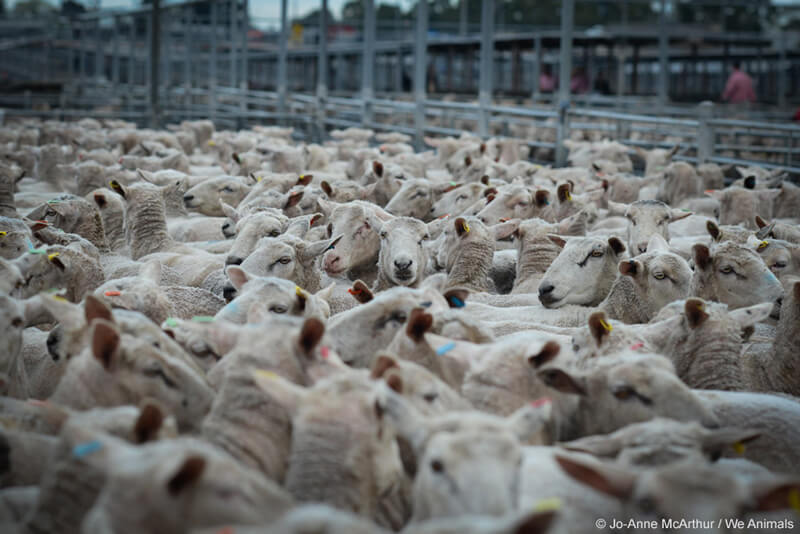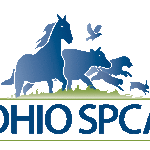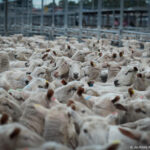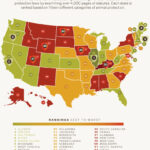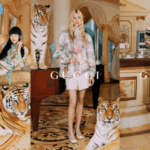In the realm of fashion, where trends ebb and flow like the tides, one item remains a stalwart staple: the UGG boot. They are frequently perceived as synonymous with warmth and comfort, a protective cocoon for the feet. Yet, beneath their plush exterior lies a murky narrative concerning animal cruelty and ethical dilemmas in production. This dialogue is multifaceted, enveloping wool ethics and an examination of the marketing myths that often obscure the truth.
To understand whether UGGs perpetrate animal cruelty, one must first delve into the very fabric of their composition—from the sheepskin that comprises the outer layer to the wool nestled within. Sheepskin, coveted for its softness and insulating properties, is often viewed through an idyllic lens. Yet, the extraction process is not without its dark undertones. Sheep, much like sentient beings with feelings, endure hardships that stain this seemingly simple transaction.
The allegations of animal cruelty—that sheep are subjected to inhumane shearing practices—have garnered attention. In some instances, they are not merely sheared; they are mutilated in an assembly line of wool harvesting. This heralds an ethical conundrum: are we complicit in a system that commodifies living beings for our own comfort? The metaphor of a lamb being stripped of its warm coat while standing shivering in a frigid field resonates painfully. Such imagery invites us to examine our choices, igniting a moral inquiry into the ethics of luxury consumption.
Moreover, the entire narrative of UGG boots is entwined with marketing that promotes an idealized version of rustic charm and natural beauty. Words like “sustainable” and “natural” have been deceptively bandied about, sewing a patchwork of illusion that can mislead conscientious consumers. To suggest that sheepskin is ethically sourced is to overlook the complexities tied to animal welfare and environmental impact. The marketing machine projects a serene pastoral image, yet in reality, the story is riddled with ethical grey areas.
The wool industry, as a whole, is torn between the pulls of tradition and the burgeoning allure of ethical practices. The rise of conscious consumerism has prompted brands, including UGG, to voice commitments to animal welfare. Yet, the question remains: can authenticity coexist with commercial interests? The paradox is palpable. A company can tout its ethical intentions while extending its reach further into realms that might compromise those very philosophies. The duality of this situation creates a rift, rendering it vital for consumers to sift through the fine print and grasp the realities of sourcing.
On the surface, it may appear that brands have pivoted towards responsibility, adopting methods that supposedly respect welfare standards. However, industry transparency often remains elusive. The wool sector has made strides—establishing organizations and certifications aimed at fostering humane practices. But are these not merely gilded shields, designed to placate the rising tide of scrutiny? Descriptive terms adorn marketing materials, yet the substance of true ethical production is often buried beneath layers of gloss. These certifications can function like a smoke and mirrors, creating an optical illusion of compassion.
As the fashion-forward constantly seek the next must-have item, they unwittingly become embroiled in a labyrinth of ethical quandaries. The heartbeat of this dilemma is underscored by the consumer’s need for awareness and empowerment. Knowledge breathes life into choice; understanding the ramifications of one’s purchases can inspire a transition towards more humane alternatives. Thus, the decision-making process transcends surface-level aesthetics, urging us to probe deeper into the ethics that govern our wardrobes.
It is essential to recognize the emotional resonance that wool holds in cultural narratives. To many, wool symbolizes warmth and comfort, conjuring images of cozy winters by the fire. But every fiber comes at a cost. The juxtaposition is stark—embracing the enveloping heat of wool while remaining cognizant of the lives entwined within its genesis. This tension demands a nuanced approach, urging consumers to balance their affection for comfort with a commitment to ethical responsibility.
In conclusion, the examination of UGGs through the lens of animal cruelty exposes a web of complexities and contradictions. The notion that these stylish boots provide warmth and sanctuary must be nuanced by an understanding of their production ethics. As the delicate interplay between brand marketing, consumer choices, and animal welfare continues to evolve, a conscious awakening is imperative. Understanding the origins of the materials we cherish empowers us to forge a path towards compassionate consumption. Perhaps, as we step forward, each decision can transform our footprints into a commentary on ethical fashion, one where choices resonate with purpose rather than indifference. Such a movement urges us all to wear not just shoes, but embodies the warm embrace of understanding and solidarity with those voiceless lives entwined in our narrative.
